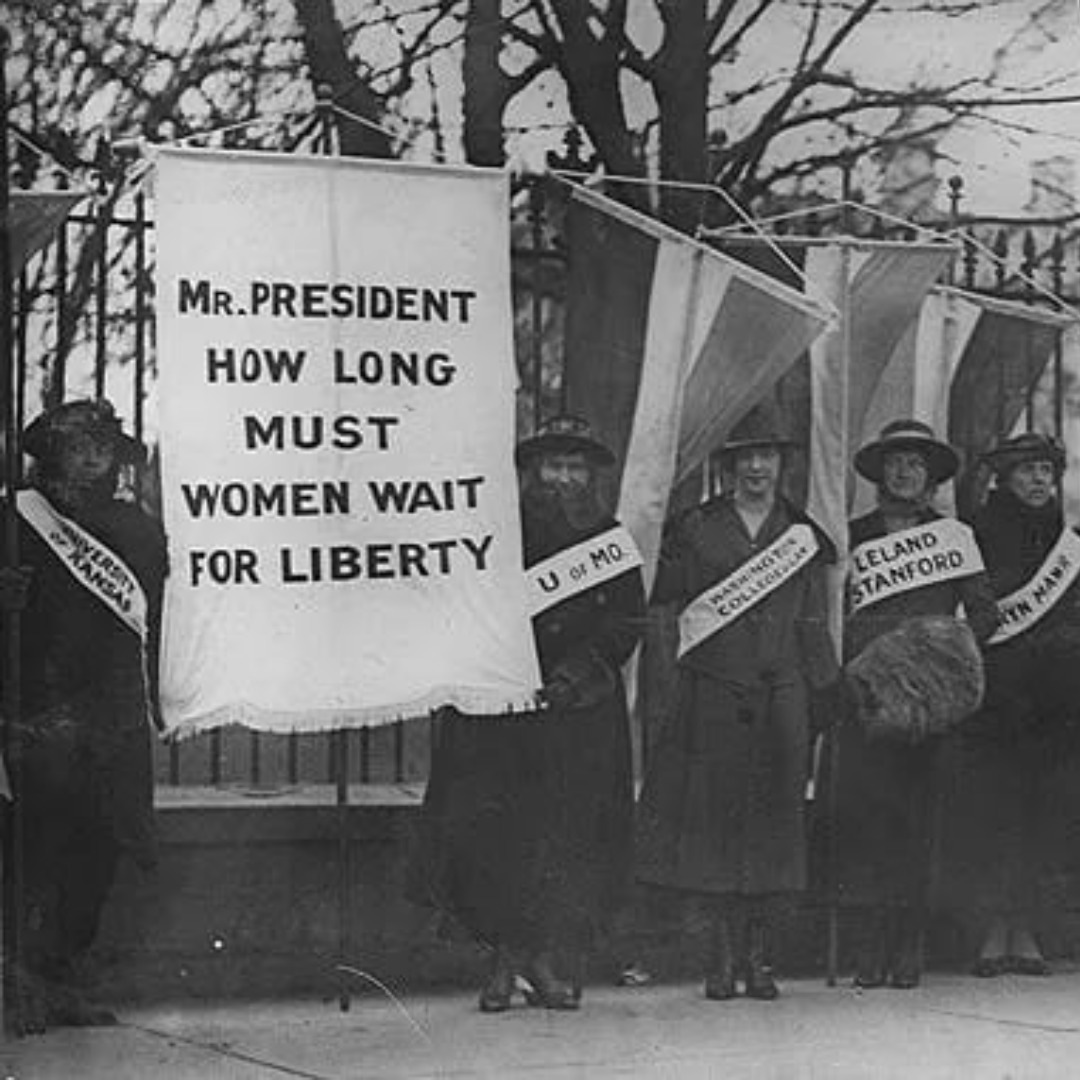In the annals of history, few movements have been as transformative and impactful as feminism. From its earliest roots to the present day, feminism has been a beacon of hope and a catalyst for change in the ongoing struggle for gender equality. As we commemorate Women’s History Month, it’s imperative to reflect on the evolution of feminism and the pivotal moments that have shaped its trajectory.
First Wave Feminism: The first wave of feminism emerged in the late 19th and early 20th centuries, a time when women were systematically denied basic rights and opportunities. Foremost among the objectives of this wave was securing the right to vote. Visionaries like Susan B. Anthony and Elizabeth Cady Stanton spearheaded suffrage movements, laying the groundwork for significant legislative victories such as the passage of the 19th Amendment in the United States. First wave feminists also advocated for reforms in areas such as property rights, education, and employment, challenging the prevailing notion of women as inferior and subordinate.
Second Wave Feminism: The 1960s and 1970s witnessed the rise of second wave feminism, a period characterized by widespread social upheaval and the assertion of women’s rights. Building on the achievements of their predecessors, second wave feminists tackled issues such as reproductive rights, workplace discrimination, and sexual liberation. Figures like Gloria Steinem, Betty Friedan, and bell hooks became emblematic of this era, championing gender equality in all spheres of life. The publication of Friedan’s “The Feminine Mystique” and the formation of organizations like the National Organization for Women (NOW) galvanized a new wave of activism and consciousness-raising among women across the globe.
Third Wave Feminism: In the 1990s and beyond, feminism underwent a profound transformation with the advent of third wave feminism. This wave embraced intersectionality and sought to address the experiences of women from diverse backgrounds, including women of color, LGBTQ+ individuals, and differently-abled women. Intersectional feminism acknowledges that gender inequality intersects with other forms of oppression, such as racism, classism, and ableism. Scholars and activists like Kimberlé Crenshaw and Audre Lorde have been instrumental in shaping this inclusive and diverse movement, challenging prevailing narratives and advocating for a more holistic understanding of social justice.
Fourth Wave Feminism: The emergence of the 21st century has heralded a new era of feminist activism known as the fourth wave. With the rise of social media and digital technology, feminists have found new avenues for advocacy and mobilization. Online platforms have enabled women to share their stories, connect with like-minded individuals, and organize collective action on a global scale. Hashtags such as #MeToo and #TimesUp have sparked vital conversations about sexual harassment and assault, shining a light on the pervasive nature of gender-based violence and galvanizing movements for change.
As we look back on the evolution of feminism, it’s clear that the journey towards gender equality is far from over. Each wave has brought its own set of challenges, triumphs, and lessons, contributing to a rich tapestry of feminist history. As we commemorate Women’s History Month, let us honor the legacy of those who came before us and recommit ourselves to the ongoing struggle for justice and equality. By understanding and appreciating the evolution of feminism, we can continue to push the boundaries of possibility and create a more just and equitable world for all.



